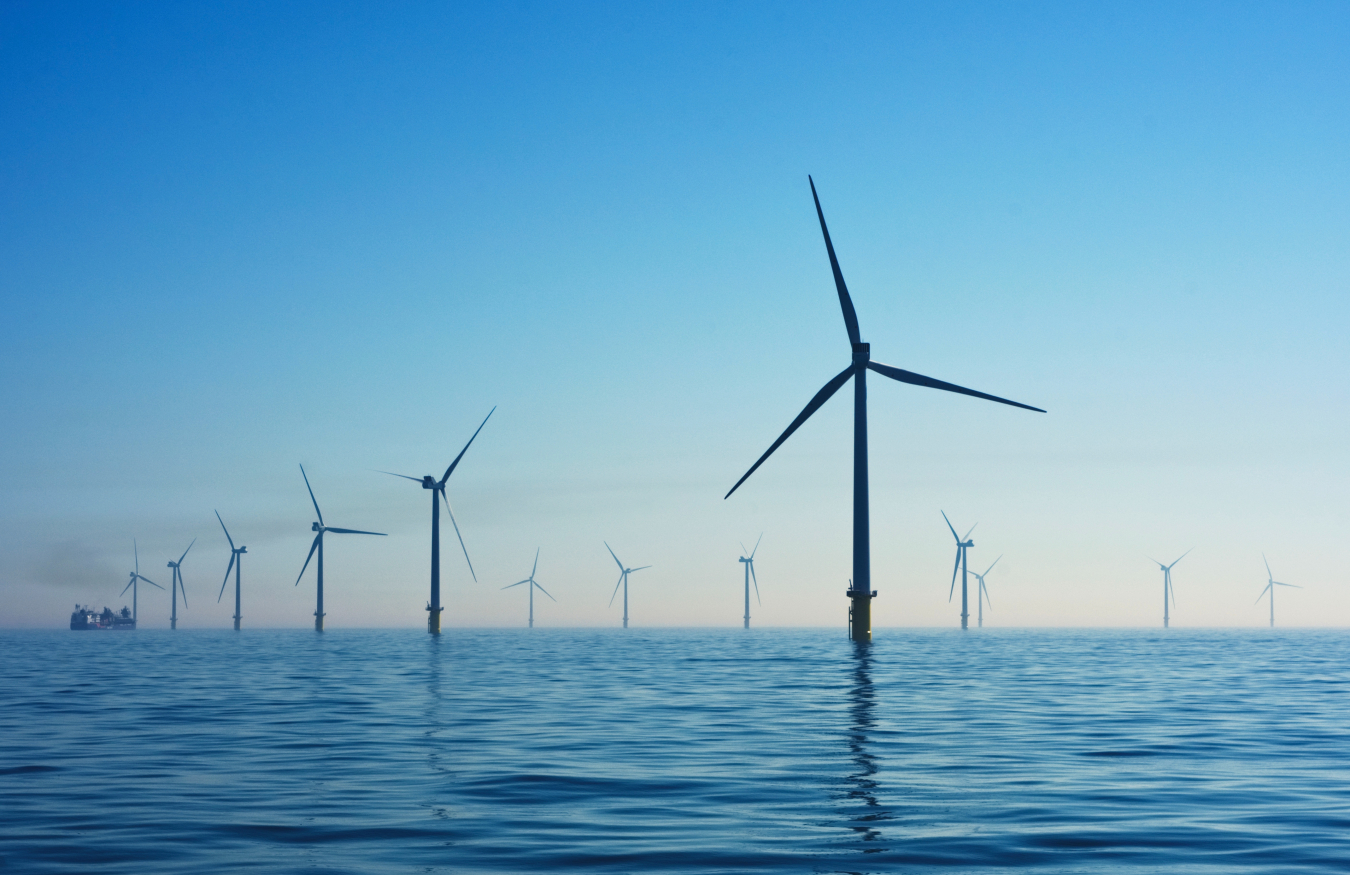Offshore wind representatives met this spring to discuss meteorology and oceanography research to support offshore wind projects in the U.S.
Wind Energy Technologies Office
October 21, 2019Key topics included cost reductions and improving resource and site characterization
The National Offshore Wind Strategy developed by DOE and the U.S. Department of the Interior identifies the need to reduce costs and technology risks through improved offshore wind power resource and site characterization. Offshore wind representatives met this spring to discuss meteorological and oceanographic research with the potential to advance these strategic goals.
This article is part of the
Held in Alexandria, Virginia, the “Research Needs for Offshore Wind Resource Characterization” workshop was jointly led by researchers from DOE’s PNNL, ANL, Lawrence Livermore National Laboratory, and NREL. Participants included representatives from WETO, the U.S. and European offshore wind industries, federal agencies, DOE National Laboratories, and the academic research community.
The workshop highlighted the need for a better understanding of the meteorological, ocean, and seafloor conditions unique to offshore wind development sites in the United States. Discussions provided valuable updates on state-of-the-art resources and techniques for assessing and forecasting wind energy offshore. Topics also included wind-wave coupled models, wakes from wind power plants and clusters, blade leading-edge erosion by precipitation, spatial wind speed gradients, and wind and wave loading on offshore structures.
Participants identified long-term observation as critical to capturing the full range of atmospheric conditions and describing them with statistical significance, especially for assessing the impact of extreme weather events, such as hurricanes. The group also considered the potential for airborne measurement systems, including drones, aircraft, and radiosondes, to complement existing measurement capabilities for intensive observation of specific physical processes.

Participants identified long-term observations as critical to capturing the full range of atmospheric conditions and describing them with statistical significance. Photo from Nicholas Doherty
In addition, workshop attendees identified possible unmanned and autonomous platforms—such as surface vehicles, wave gliders, and automated systems—that could provide meteorological and oceanographic “metocean” information. These include wind- and solar-powered unmanned surface vehicles equipped with metocean sensors, semiautonomous research platforms to gather physical properties of the upper ocean and lower atmosphere, low-cost spar buoys for air-sea flux measurements, marine-profiling microwave radiometers, and lidar buoys for metocean measurements.
This input will inform DOE regarding decisions about potential R&D efforts related to offshore wind energy. Learn more from the workshop report.
-
 With a host of new partners and an open call for research proposals, the $41-million National Offshore Wind R&D Consortium is ready to make a splash.
With a host of new partners and an open call for research proposals, the $41-million National Offshore Wind R&D Consortium is ready to make a splash. -
 Researchers are analyzing alternative blade concepts that could almost double the size of today’s blades.
Researchers are analyzing alternative blade concepts that could almost double the size of today’s blades. -
 A new scalable offshore floating wind system provides novel solutions to cut costs and overcome challenges of deepwater offshore environments.
A new scalable offshore floating wind system provides novel solutions to cut costs and overcome challenges of deepwater offshore environments. -
 A2e initiative addresses the need to have reliable, applicable wind data by establishing and funding the Data Archive and Portal (DAP).
A2e initiative addresses the need to have reliable, applicable wind data by establishing and funding the Data Archive and Portal (DAP). -
System operators have a new tool for bringing intuition to the deluge of wind data—a visualizer for wind power forecasts called WindView.
Explore previous editions of the Wind R&D Newsletter or browse articles by topic:

